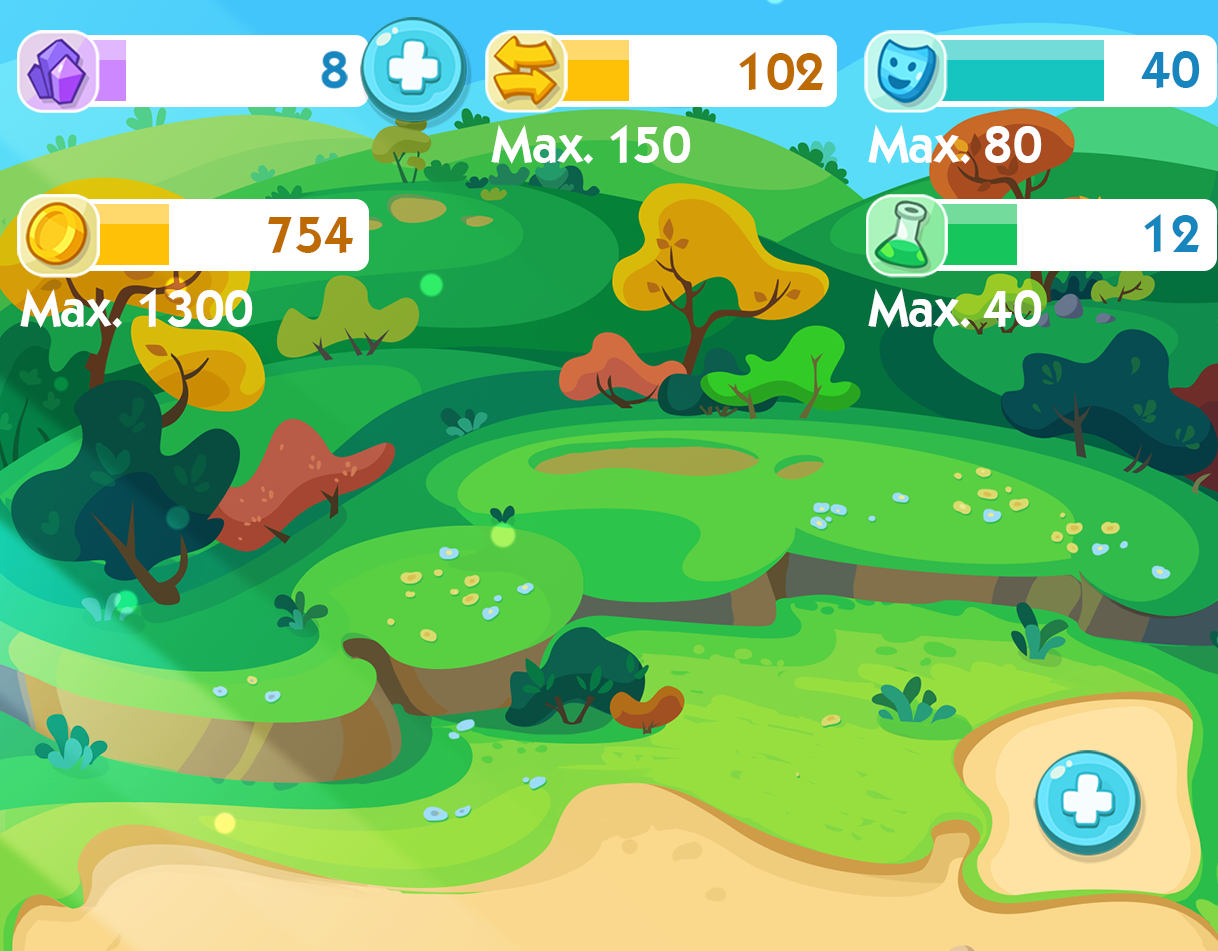At its core, The Human Age is a sliding puzzle. These types of games focus on moving pieces around a confined area to create patterns or match like to like so as to be able to remove them, tetris style.
Starting with a simple three by three grid, cavemen will appear randomly on the board every time you swipe. If you can put three of them together, they will combine into the next age, Egyptians. Doing the same for the Egyptians will combine them into a new type of supposedly advanced civilization and so on forever.
Very simple at its base, The Human Age manages to conceal an intricate level of depth to the gameplay. As with all tile puzzles, you need to use your logic and predictive reasoning to be able to work out the best path to move tiles around so as to try and delete them. This is taken to a new level by tiles appearing randomly. Not only that however, but the type of tile that appears is also randomly generated, with the odds favoring the lower ranking types of cultivations.[sc name=”quote” text=”Not only that however, but the type of tile that appears is also randomly generated, with the odds favoring the lower ranking types of cultivations.”]
This continuous randomness means that you will constantly have to react to the change in the game state. This keeps the player on their toes, ensuring that there isn’t a simplistic way of mathing out the winning solution – you have to keep changing your strategy.
There isn’t actually a way to win The Human Age; every game seems doomed to fail due to the limited confines of the grid you have to play in. To compensate for this, the game takes you to a building screen in-between levels that allows you to construct buildings. Each building costs a certain amount of resources that are generated from making large numbers of pairing; if you can combine four tiles instead of five for example, or if you make two matches with one move.
Each building rewards you with gold and, most importantly, an additional square on the playing grid, allowing you to utilise more space and get a higher score.
Gold can be used to purchase single use removal tools to get rid of one single tile, or to purchase a particular tile that you need to avoid losing the game.
The Human Age manages to take a fairly simple game concept and add in common ideas from other contemporary mobile games to create a compelling game.[sc name=”quote” text=”The Human Age manages to take a fairly simple game concept and add in common ideas from other contemporary mobile games to create a compelling game.”]
The game can’t be played continuously for hours on end as a player will inevitably get monstrously bored at constantly playing the same way, but the addition of new grid squares and different buildings to construct ensures the player will at least get a good mileage out of the game, if only to see how far they can manage to get with such a limited construct.
It would be nice if there were more gameplay variation that just the simple tile movements, but The Human Age has still managed to make a compelling experience from what is normally a very simple game.
Enjoyment from simplicity is usually the best kind.
[review pros=”Takes a simple concept and expands it. Easy to understand. Varying gameplay insofar as additional grid squares. ” cons=”Limited in scope. Can eventually feel repetitive.” score=75]
[appbox googleplay com.noodlecake.humanage]
[appbox appstore id1141132957]













